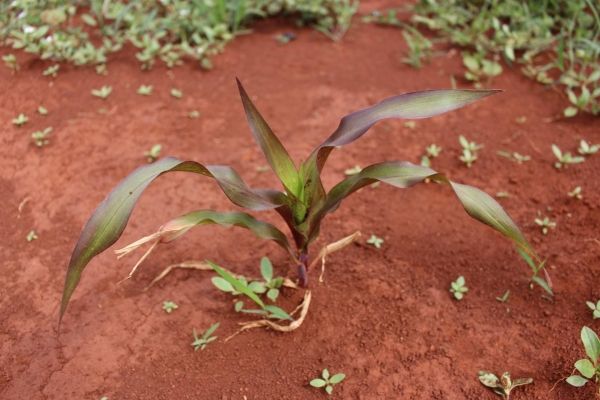Plants can’t do without phosphorus. But there is often a ‘withdrawal limit’ on how much phosphorus they can get from the soil. That’s because phosphorus in soils is often in forms that plants can’t take up. That affects how healthy and productive the plants can be.
One influence on phosphorus availability is the soil’s pH level. If soils are too acidic, phosphorus reacts with iron and aluminum. That makes it unavailable to plants. But if soils are too alkaline, phosphorus reacts with calcium and also becomes inaccessible.
“Phosphorus is most available to plants when soil is at a 'Goldilocks' zone of acidity,” says Andrew Margenot. Margenot is a researcher at the University of Illinois at Urbana-Champaign.
There are ways to make more phosphorus available to plants. For example, adding lime (calcium hydroxide) reduces soil acidity. That can unlock the phosphorus that was previously unavailable. This is a common practice. “Liming is a bread-and-butter tool for agriculture,” says Margenot.
Read more at American Society of Agronomy
Image: Maize plant showing symptoms of severe phosphorus deficiency in an unfertilized soil in western Kenya. (Credit: Andrew Margenot)


